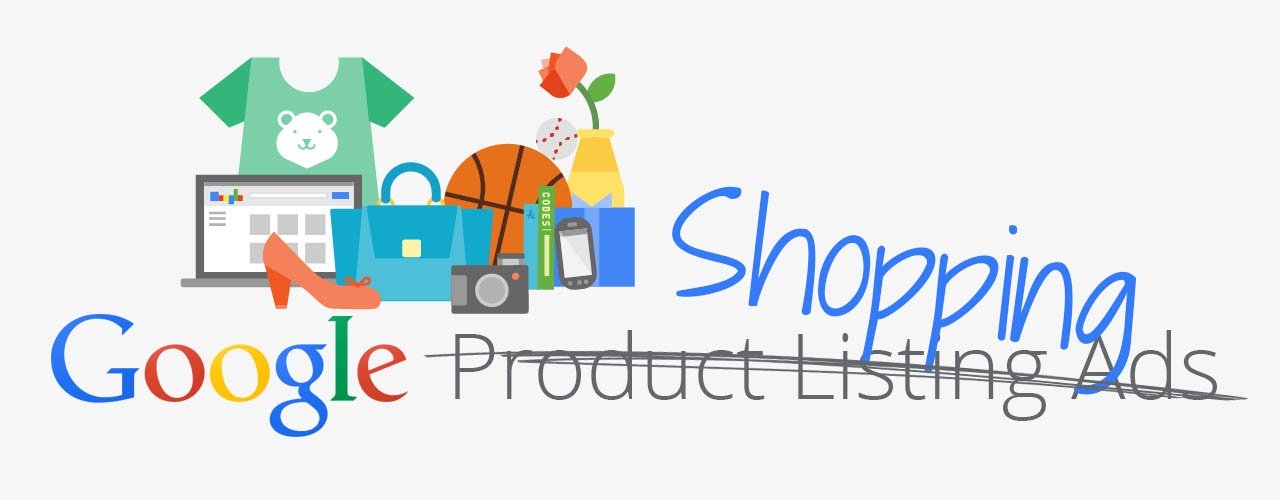Everything you need to know about getting started with the big move next week.
This spring, Google announced that it would be switching all Product Listing Ads over to the Google Shopping platform in the fall. Where has the summer gone? With Labor Day coming up this weekend, the change is upon us.
What are the differences between PLAs and Google Shopping?
PLAs are the old format. They’re Pay-Per-Click ads that show up on the Google search results page as an image of a single product, along with product name, price, and the website of the merchant. They make finding the item you’re searching for easy because you can shop on the first page without having to browse a bunch of websites to get an idea of which prices and vendors you should expect to work with.
Google Shopping, which was released last year, looks the same to a shopper but offers a different way to manage content and create ads. Its management structure is designed to be more user-friendly, and according to Google, more “retail-centric.”
Search Engine Watch’s Transition Tips article identifies two ways Shopping campaigns are different than PLA setup: the way merchants create ad groups and the way they identify product attributes from the data feed.
In Google Shopping, you still set up the feed in the Google Merchant Center by uploading your product feed and then linking your AdWords and Google Merchant accounts together. But unlike PLAs, where your campaign data was trapped within the Google Merchant Center platform, you can access the data for Google Shopping directly from AdWords.
The setup of the campaign will be easily relatable to standard AdWords organization, with different product groups that reflect various types of products and bids.
With Google Shopping campaigns you will be able to tag your products with customizable labels (0 – 4) instead of AdWords tags as before. The labeling gives you another option for viewing data, rather than only being able to sort them by product group.
The more developed segmentation capabilities allow you to build based on different product qualifiers, getting more and more focused as you break each group down into subsets. If you sell handbags, you can start with a general handbag product group, and then break it down into different distinguishing categories, such as brand name or profit, that make sense for your business and help you easily view data and optimize your campaign strategy.
Finally, the new platform just has more bells and whistles that help you manage your ads from a business standpoint. For example: the competitive benchmark column lets you compare your data to others retailers in your industry who sell the same product, and a bid simulator shows you how much of the impression share you’ll get for your bid.
Questions? Mary Weinstein of Search Engine Watch has more tips.
How do you switch from PLAs to Google Shopping?
After putting in the time to learn and understand the new format and how it differs from the old, switching from PLA’s to Google Shopping is easy. Google recommends that you switch over your campaign data yourself instead of waiting for their bulk transfer so that you can customize the set up and make sure you know where all your data will be, but it’s not too complicated.
There are two options: you can transition manually, which means you’ll be starting from scratch with a brand new Shopping campaign; or you can use Google’s Shopping campaign upgrade tool. Both have their own advantages, and every merchant is different, so check out Google’s page about upgrading to choose the best option.
When do you have to make the switch?
Google will start automatically transitioning all PLA campaigns that have received impressions within the last few weeks to Shopping campaigns on September 3rd. That means you have until September 2nd to get your data transferred over, but don’t wait until the last second.
Our recommendation? Get it done by the weekend and enjoy your mini-vacation — those who work hard, play hard. Scared to make the transition yourself? Contact a search engine marketing company like us for help. Happy Labor Day everyone!

Logical Position, an Inc. 500 digital agency supporting 5,000+ clients across North America. LP is the proud recipient of Google’s Lead Generation Premier Partner of the Year and Microsoft's Global Channel Partner of the Year 2024! The award-winning agency offers full-service PPC management, SEO, Paid Social, Amazon and Creative Services for businesses large and small. As a Google Premier Partner, Microsoft Elite Partner & Meta Business Partner, LP is in the top 1% of ad spend managed across platforms.


